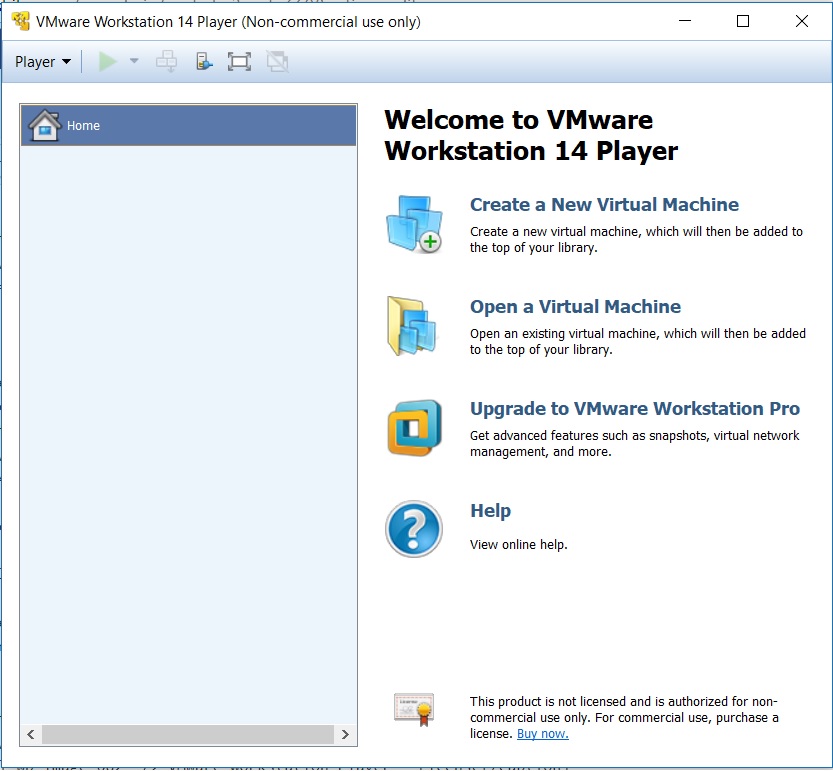

Therefore, the presence of a lock file basically amplifies the fact that the said virtual machine is powered on. If these files weren’t there, then, as we mentioned, data corruption could be caused due to various virtual machines reading and writing to the disk. The main reason why these files are created is that they prevent multiple virtual machines from reading and writing to the disk. lck files that are created in the same directory as the virtual machine. When you start a VMware virtual machine, there are certain files created that ensure that no other VMware process is able to access the said virtual machine. The question that arises in mind is why is the virtual machine blocked or locked? To shed light on this, let us have a more detailed look at how VMware virtual machines work, and then we’ll proceed with the solution to the error. Not just that, as it turns out, in some cases the issue can also be generated after your virtual machine crashes and you try to power it back on. Why does this happen? This can happen when you have a sudden power cut or your virtual machine is not powered off. Thus, due to this lockage, the virtual machine does not boot up successfully. Basically, what is essentially happening is the virtual machine that you are trying to power on is blocked by other VMware files. Along with the said issue comes the “ The process cannot access the file because another process has locked a portion of the file” which throws more light on what the issue is. This error message usually reflects towards the virtual machine not being powered off safely or properly which as a result generates the said error message. name : Add disks to virtual machine using UUID Module Disk Power on Failed error message appears when you are trying to boot up a virtual machine using any VMware software.

Collections in the Netapp_eseries Namespace.Collections in the Kubernetes Namespace.Collections in the Junipernetworks Namespace.

Collections in the F5networks Namespace.Collections in the Containers Namespace.Collections in the Cloudscale_ch Namespace.Collections in the Chocolatey Namespace.Collections in the Check_point Namespace.Virtualization and Containerization Guides.


 0 kommentar(er)
0 kommentar(er)
